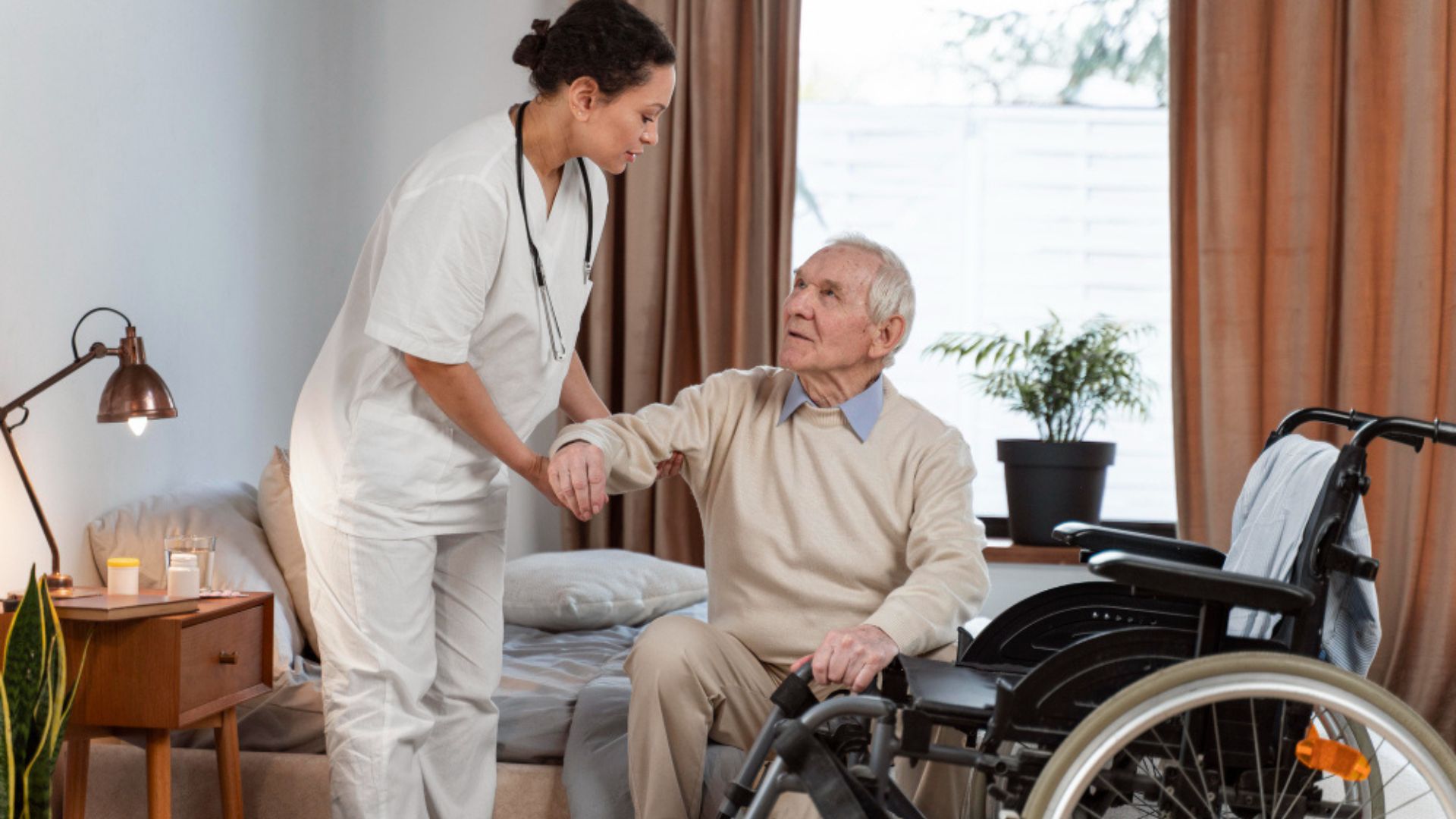

What is Diversity in Health and Social Care? A Complete Guide with Examples
Let’s begin with what we understand by the word Diversity, it is the variety of personal characteristics, backgrounds and experiences people bring that is age, sex, gender identity, race and ethnicity, religion or belief, disability, sexual orientation, language, socioeconomic status, migration status and more.
In health and social care it covers both the people who use services like the patients, service users and the people who provide them like the clinicians, care workers, administrators, etc.
In health and social care, it’s the simple, powerful idea that everyone is different and our care should reflect that. Diversity here is about ensuring those differences are welcomed and supported. It’s about moving beyond a one-size-fits-all approach to make sure every single person feels seen, heard and cared for in a way that respects who they are.
Why This Really Matters?
When we get diversity right, everyone benefits.
1. When a patient feels understood because their doctor speaks their language or their nurse understands their cultural diet they’re more likely to trust the advice and follow the treatment plan leading to better health services.
2. It’s a legal and moral right.Every person deserves dignity and respect when they are at their most vulnerable state.
3. A diverse team is a smarter team ensuring safer services for everyone. They can spot potential problems that others might miss.
Think about the last time you felt truly cared for. Chances are the person saw beyond your symptoms. Diversity is about doing that for everyone by recognizing the many parts of our identity.
What This Looks Like in Real Life
Communication: Providing a qualified interpreter for a patient who doesn’t speak English or giving instructions in large print for someone with a visual impairment.
Like for example it’s the relief on a father’s face when a translator explains his child’s surgery in his native language, so he can give informed consent.
Respect for Beliefs: Ensuring a patient’s dietary needs are met according to their religion or creating a quiet space for prayer in a hospice.
Inclusivity: A care home making sure the partner of a resident in a same-sex relationship is welcomed just like any other spouse.
Just for an instance it’s a comfort for a young man when his boyfriend’s presence in the hospital is acknowledged without a second thought
Physical Access: A clinic making sure its scales can accommodate a wheelchair or having a low-sensory waiting area for an autistic child.
These aren’t extras. They are essential parts of safe, effective care.
What Happens When We Get It Wrong?
Ignoring diversity isn’t just an oversight; it causes real harm:
- Misdiagnoses from poor communication.
- People skip appointments because they feel misunderstood or disrespected.
- Higher illness rates in certain communities because the care wasn’t accessible to them.
- Good staff leaving because they don’t feel they belong.
How to Make a Difference
Whether you’re a leader or on the front lines, you can help.
For Organizations & Leaders:
- Listen to your community.Don’t assume you know what people need. Invite them to the table to help design services.
- Collect data. Look at your patient outcomes and staff hiring. Are there disparities as you cannot fix what you don’t measure.
- Make reasonable adjustments standard. Have interpreters on speed dial and ensure your forms are easy to read.
- Lead with accountability.Diversity goals need to be owned by leadership, with real resources behind them.
For Clinicians & Caregivers:
- Always ask, asking is better than assuming. A simple, “Is there anything about your beliefs or culture that we should know to help care for you better?” can open a vital dialogue.
- Use the “Teach-Back” Method.Ask patients to explain back to you what you just said. It’s the best way to confirm they understood.
- Be an Ally. If you see a systemic barrier like a lack of translated materials speak up about it.
Finding the right doctor isn’t just about location or a fancy website. It’s about finding a place where you can be your whole self and still receive nothing less than exceptional, compassionate care. It’s about finding a doctor who just does not treat a symptom but one who understands your life.
So, when you’re looking for the Best GP clinic near me, don’t just pick the first one on the list. Look for a clinic that feels different. Look for one that asks questions, listens to your answers and has built a practice that genuinely welcomes everyone.



